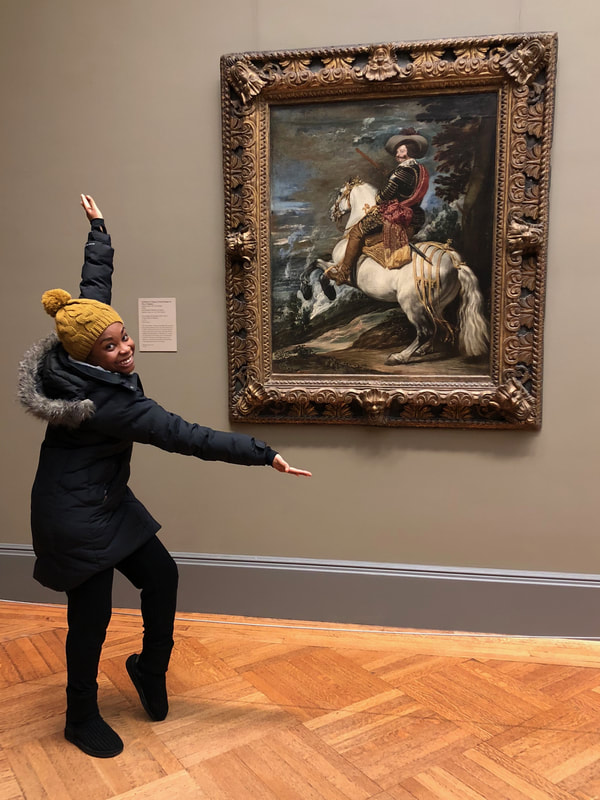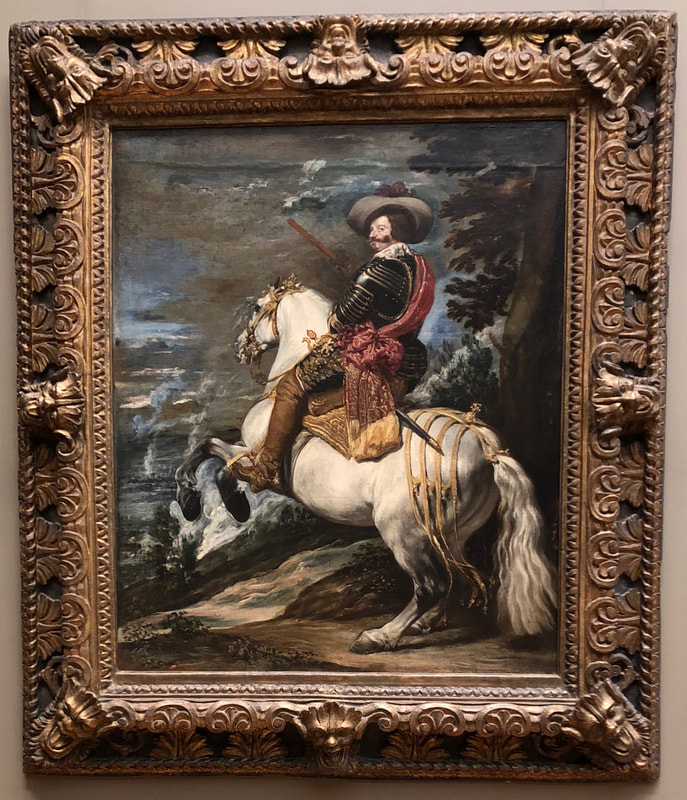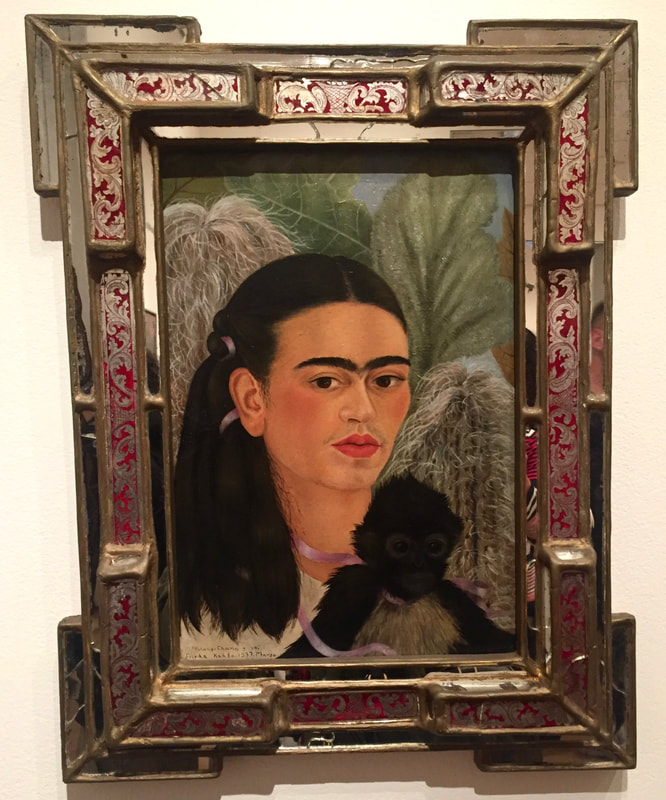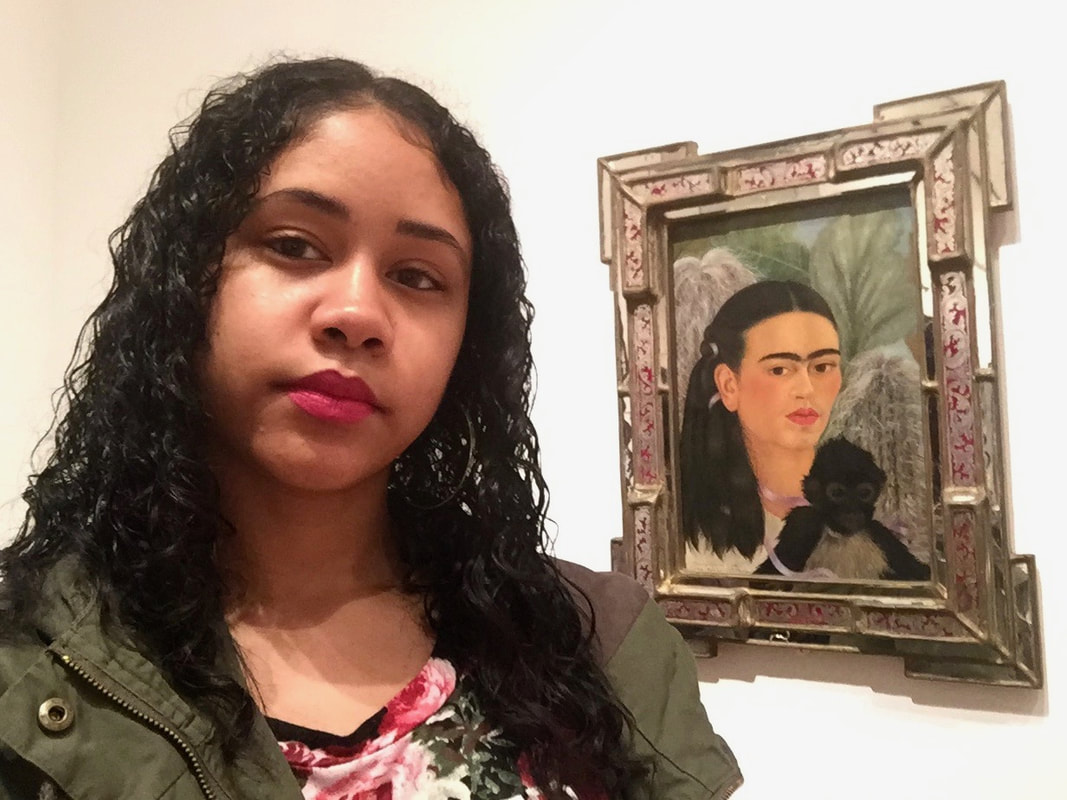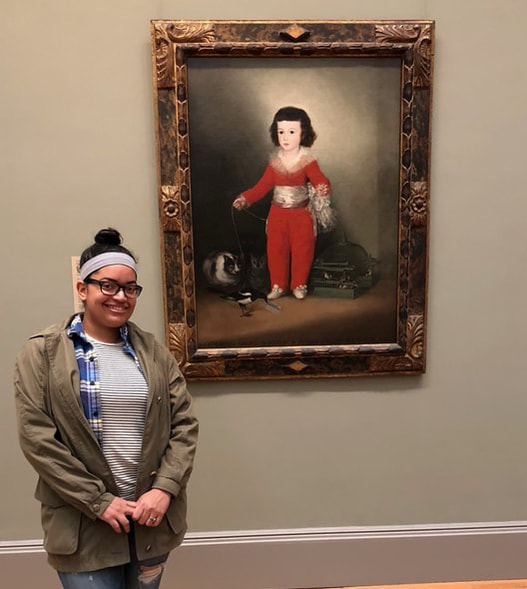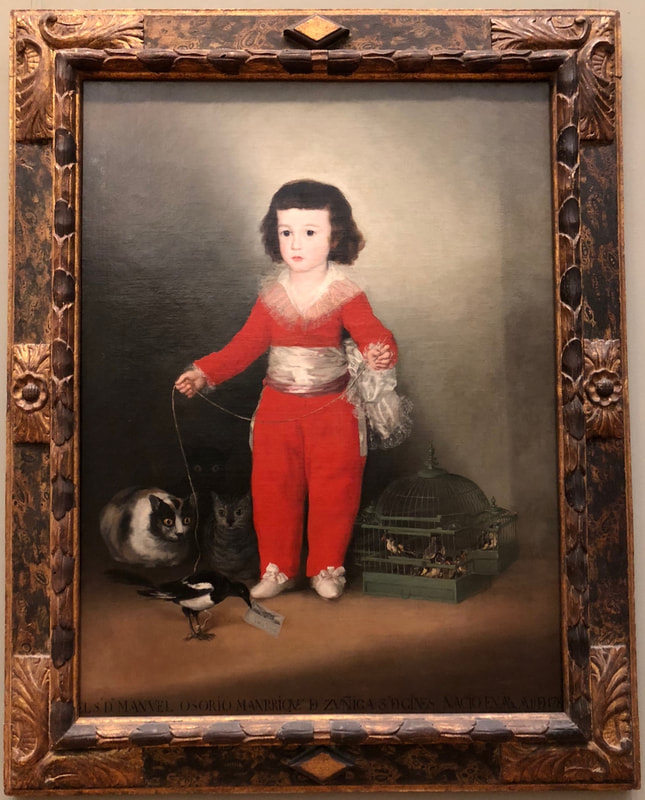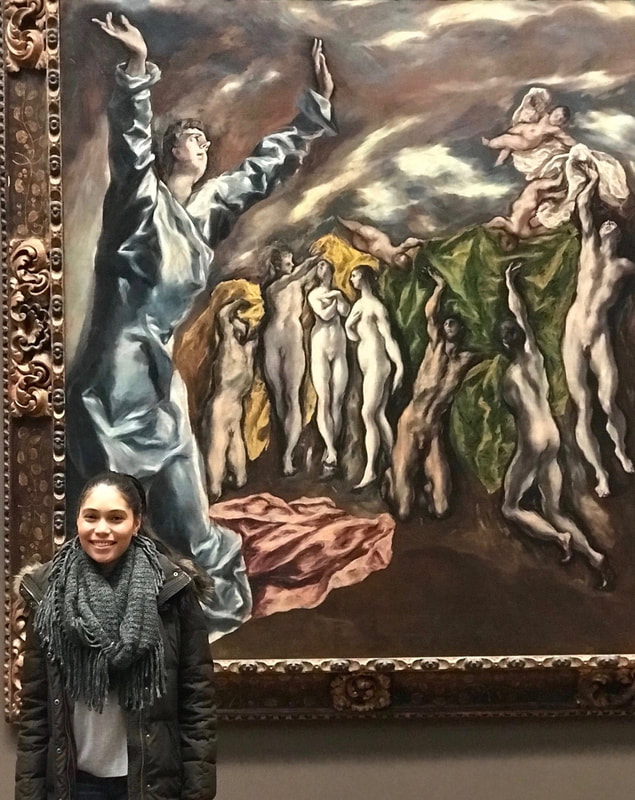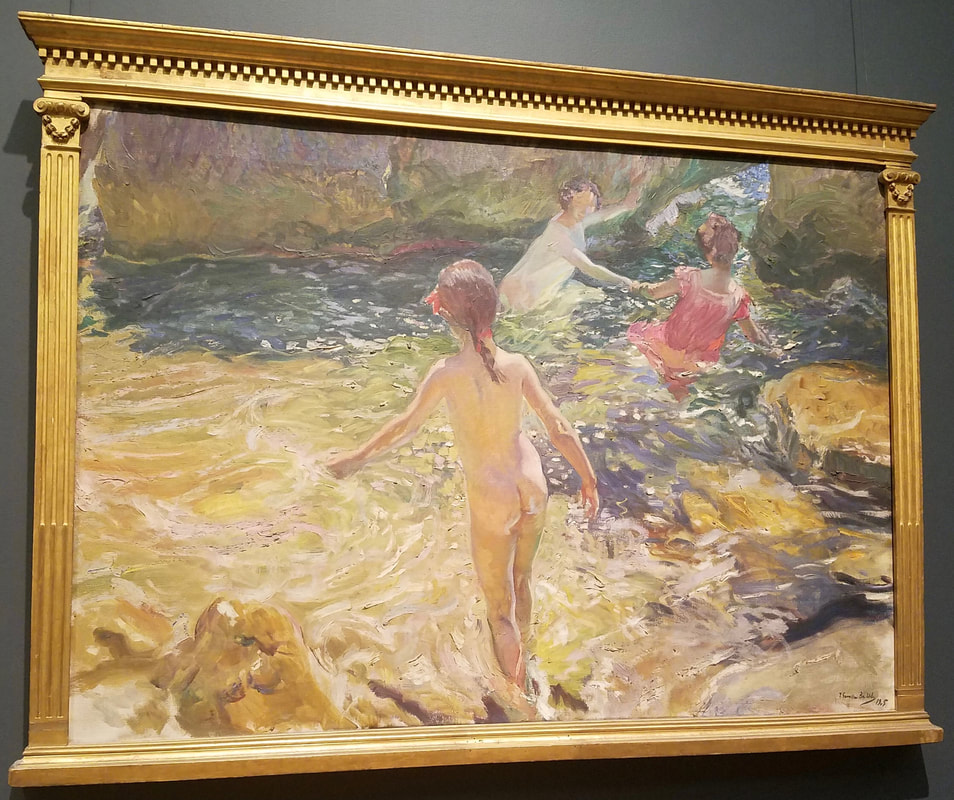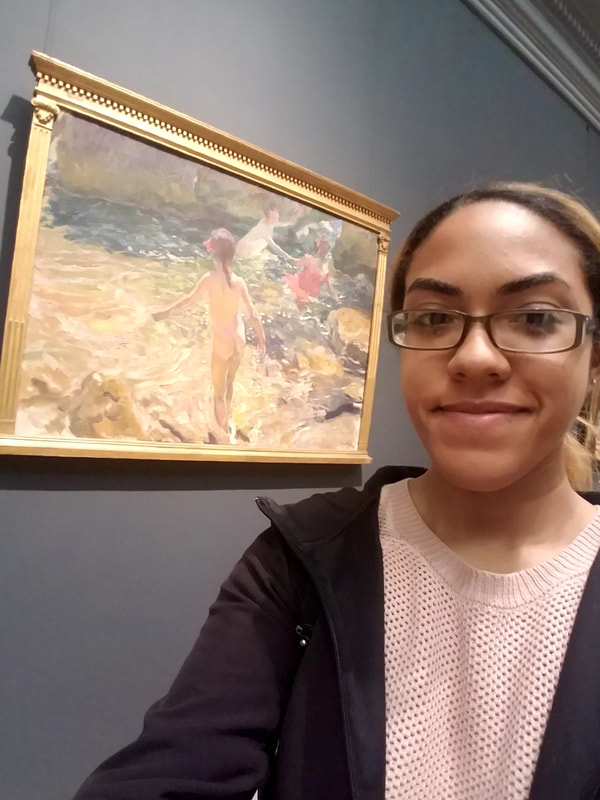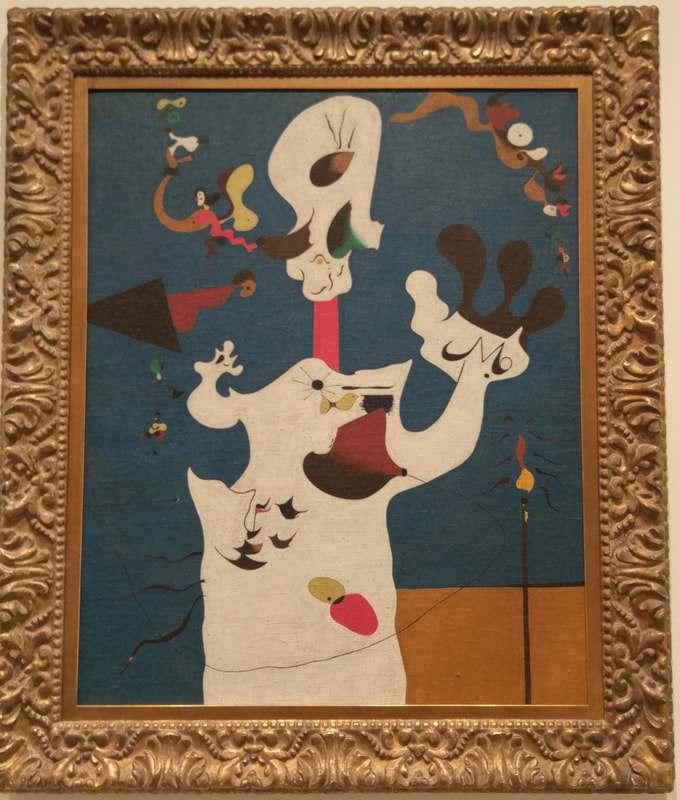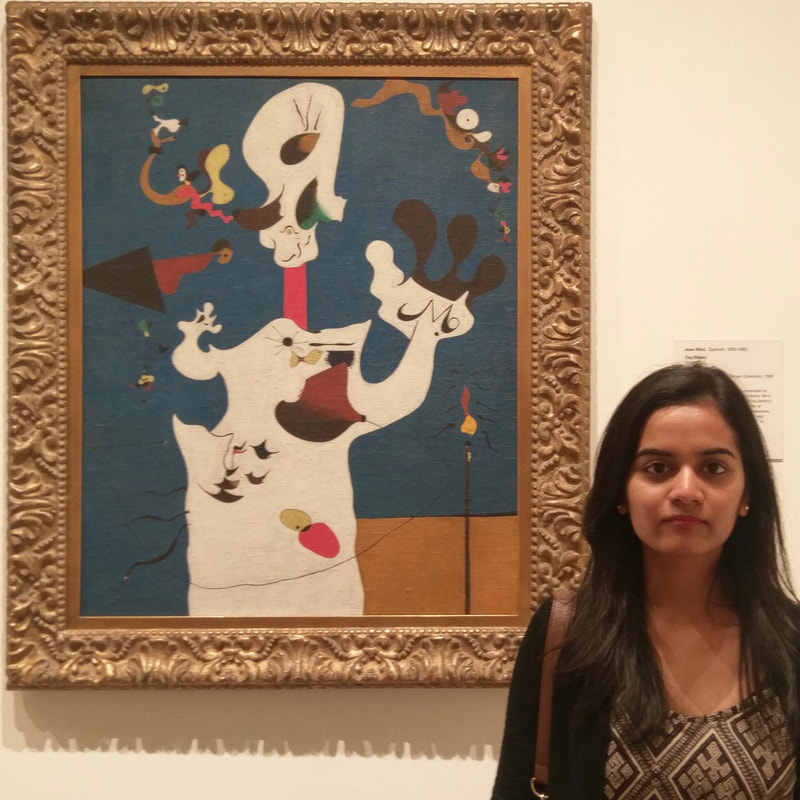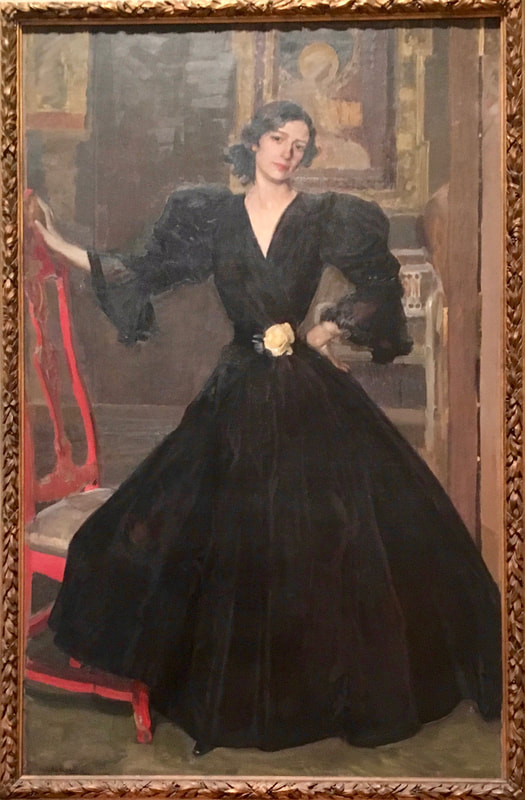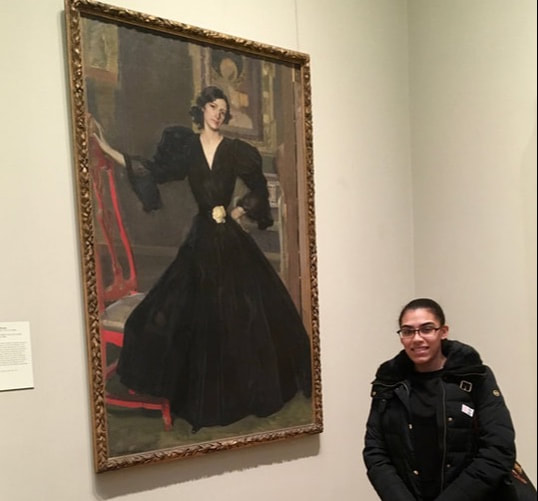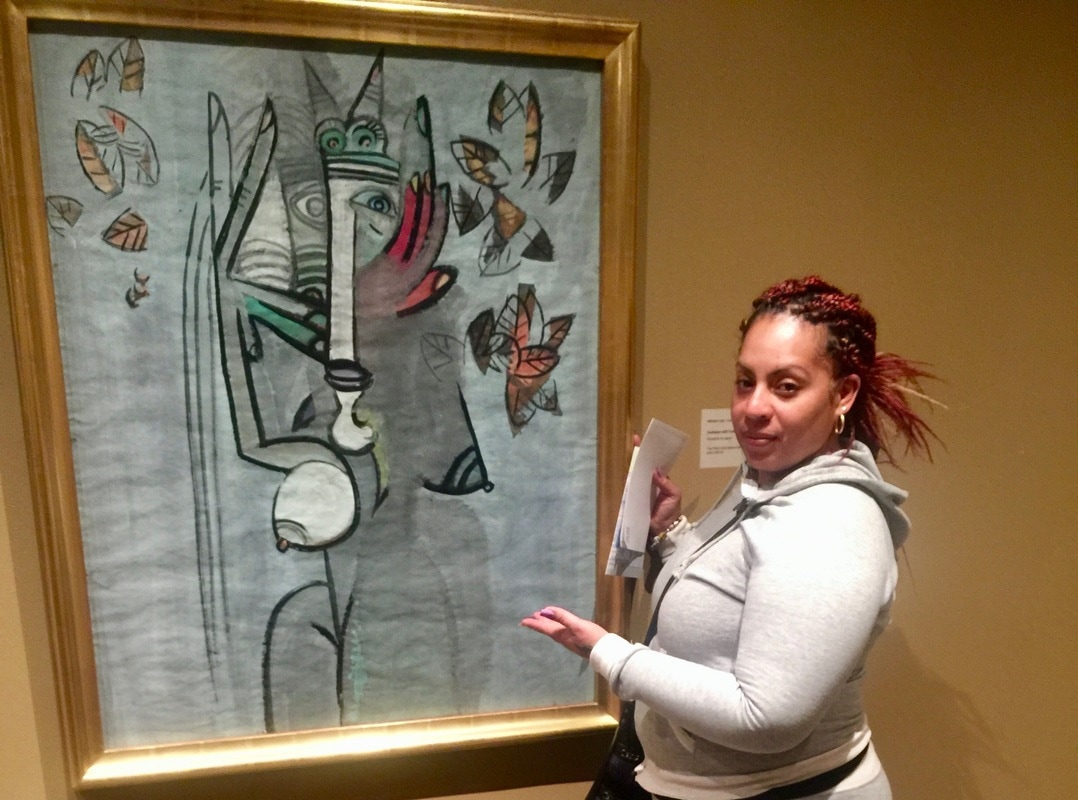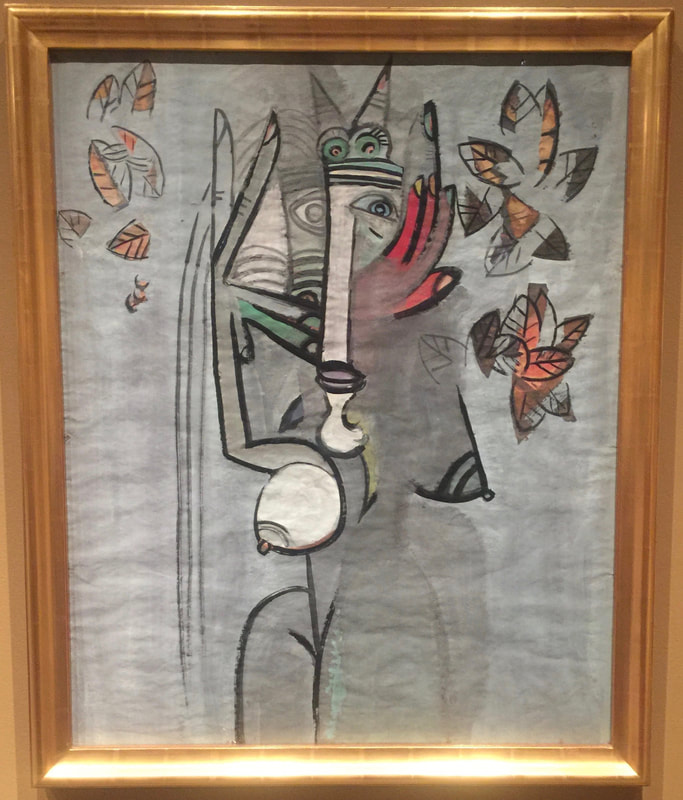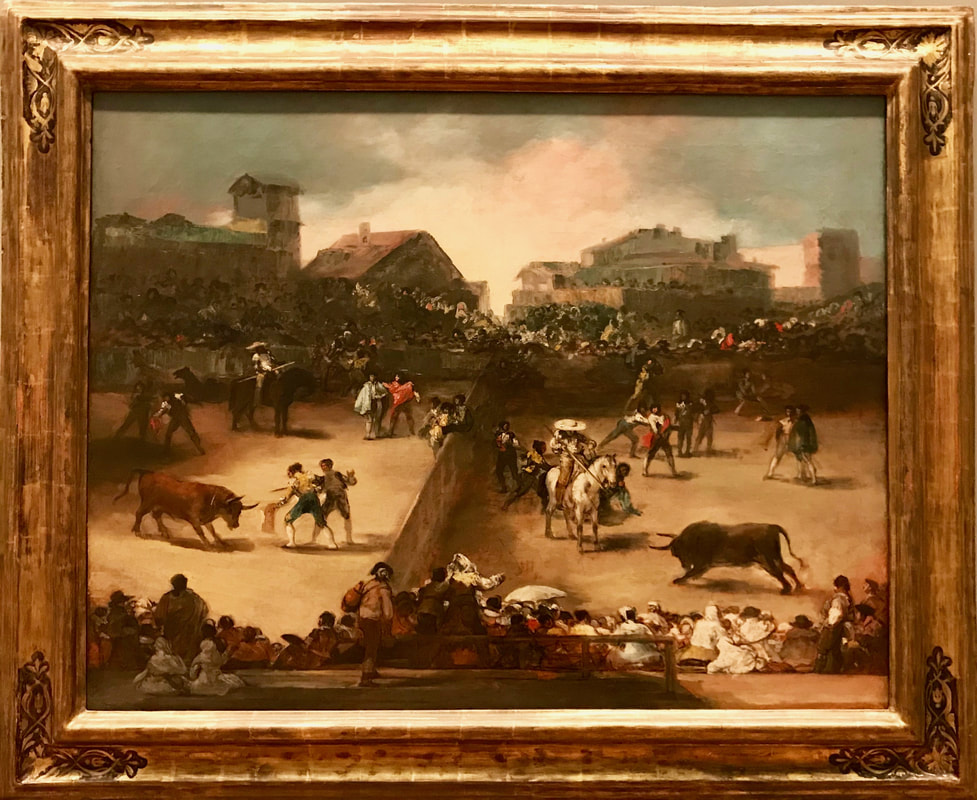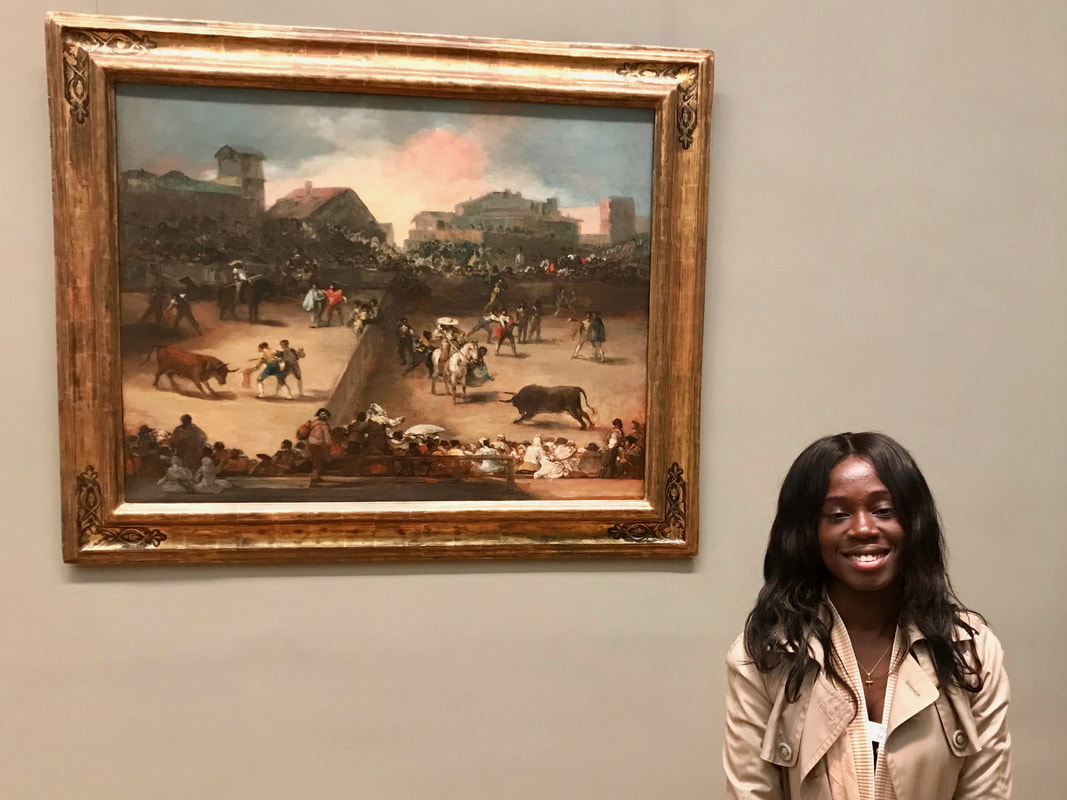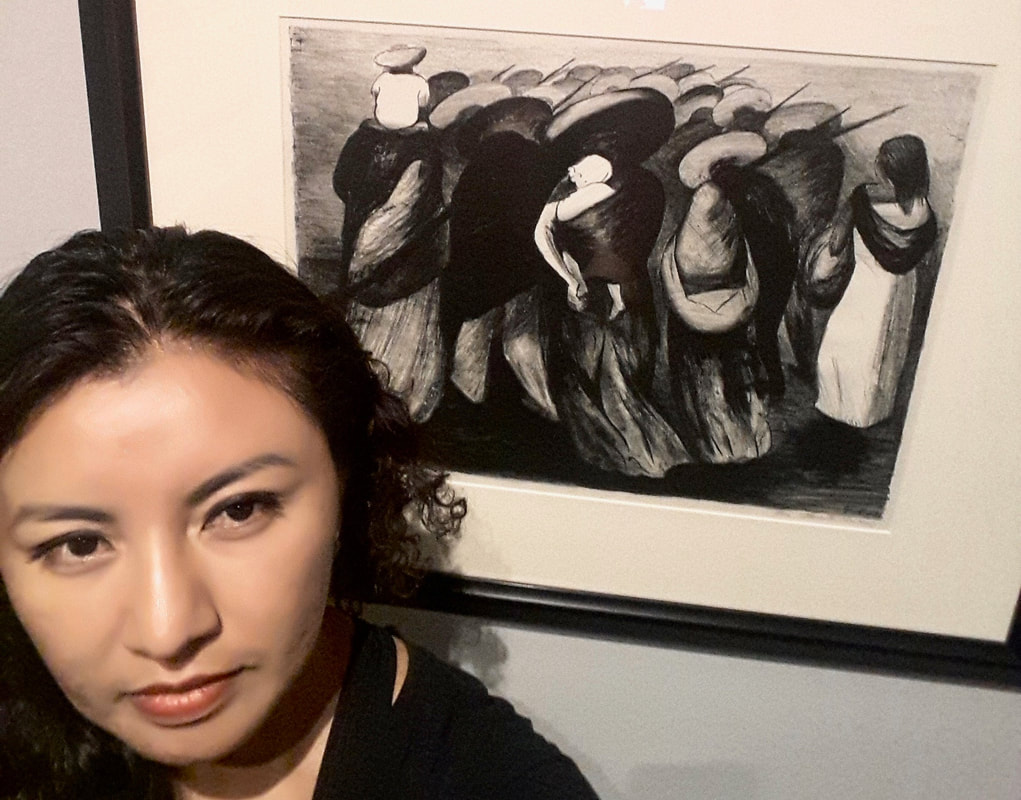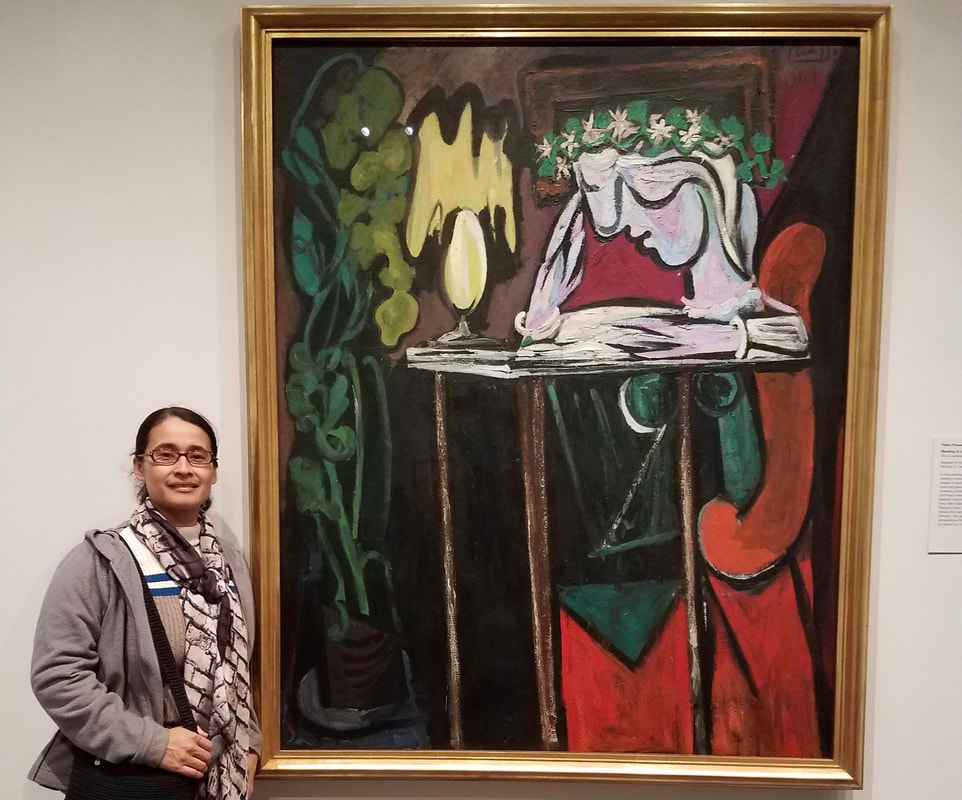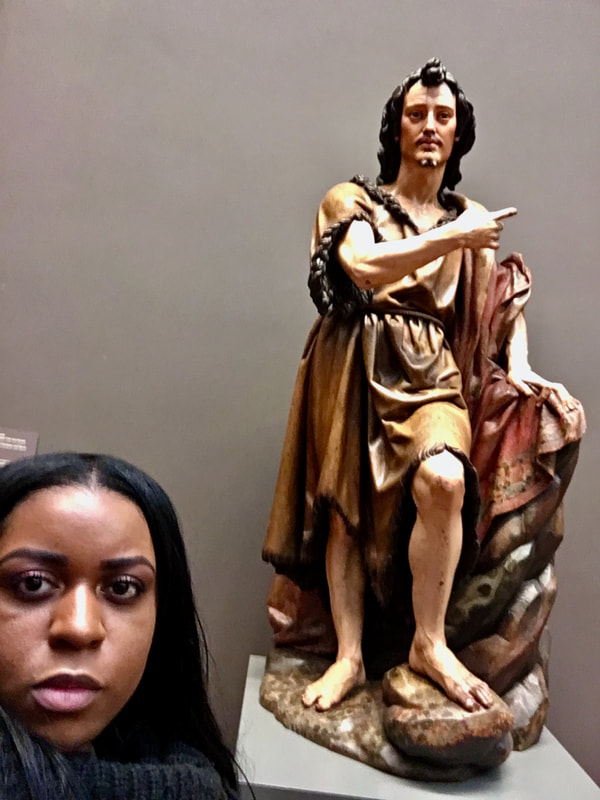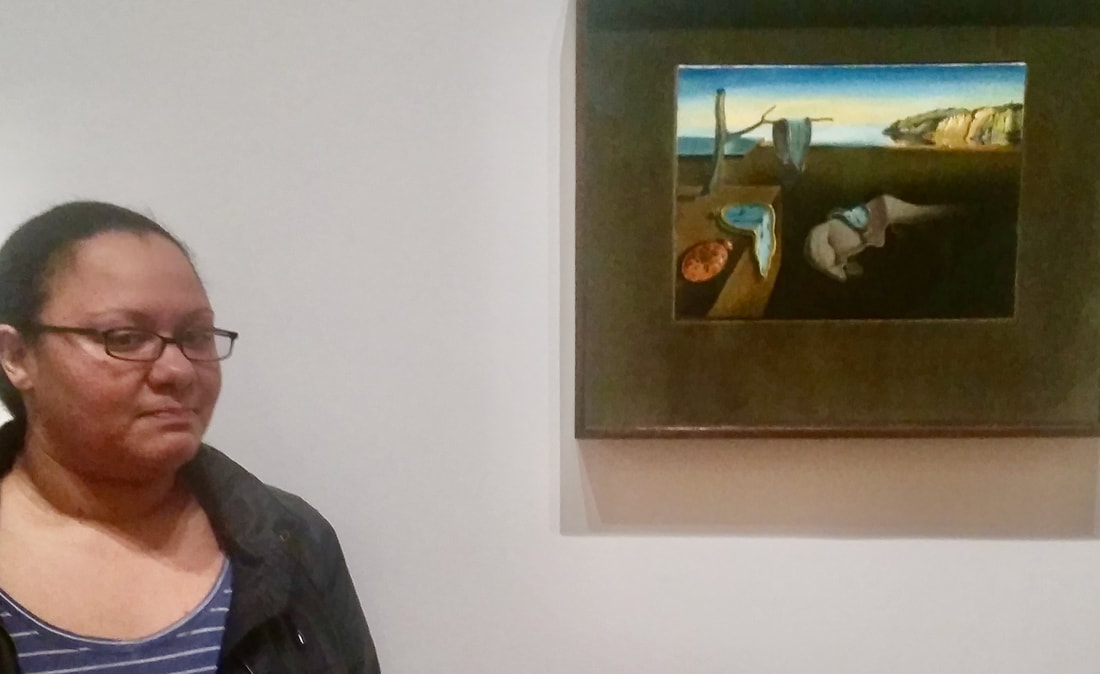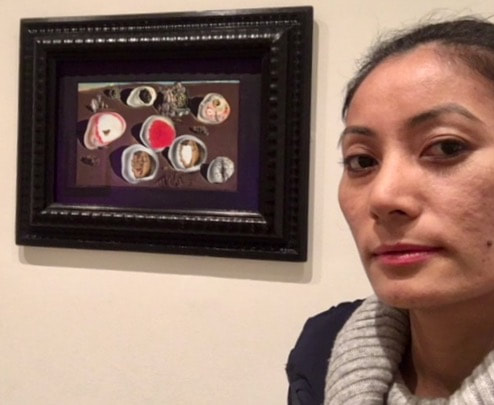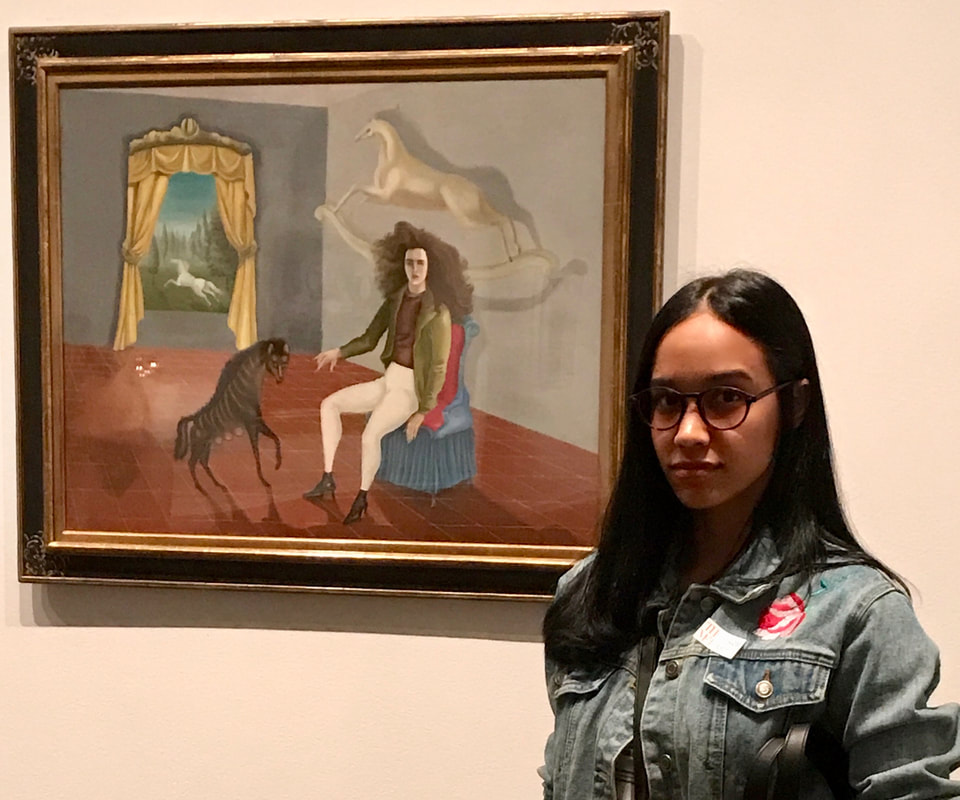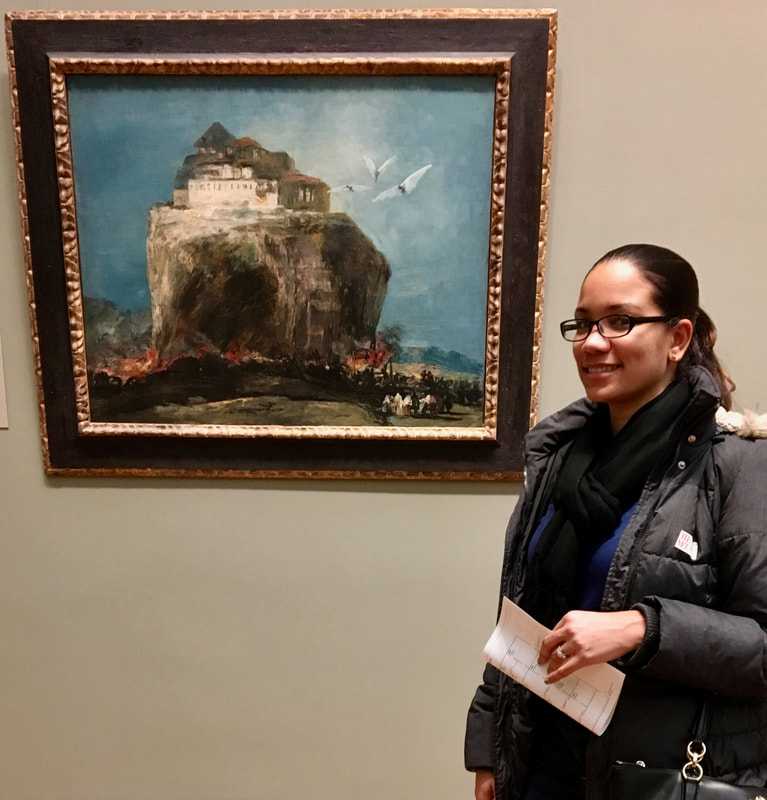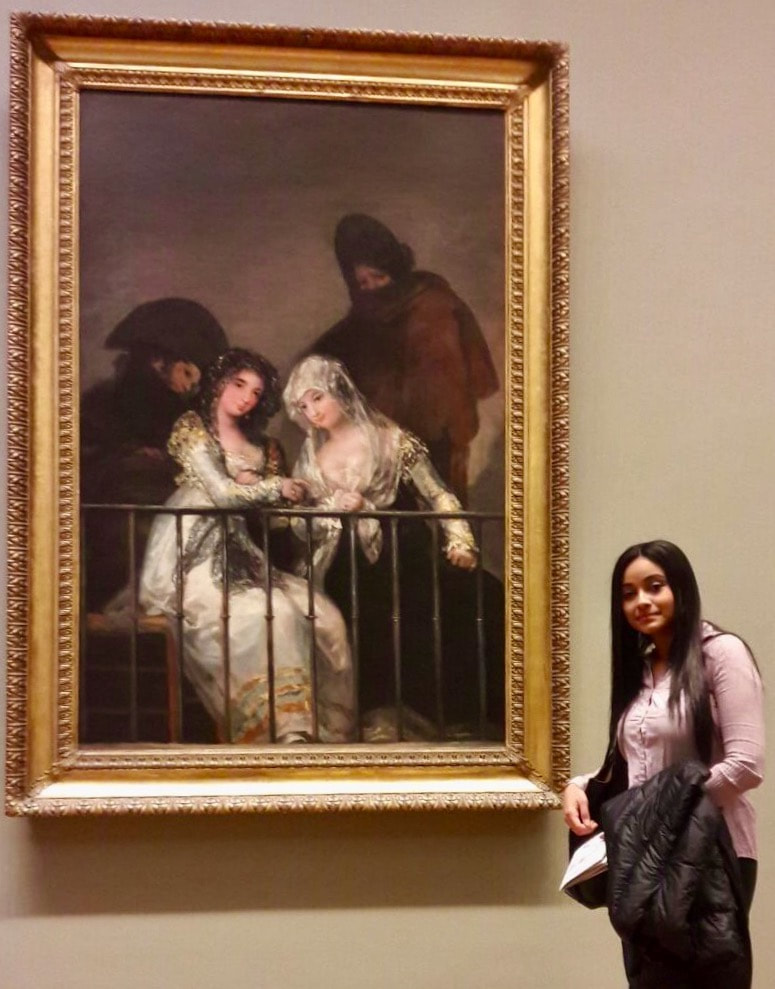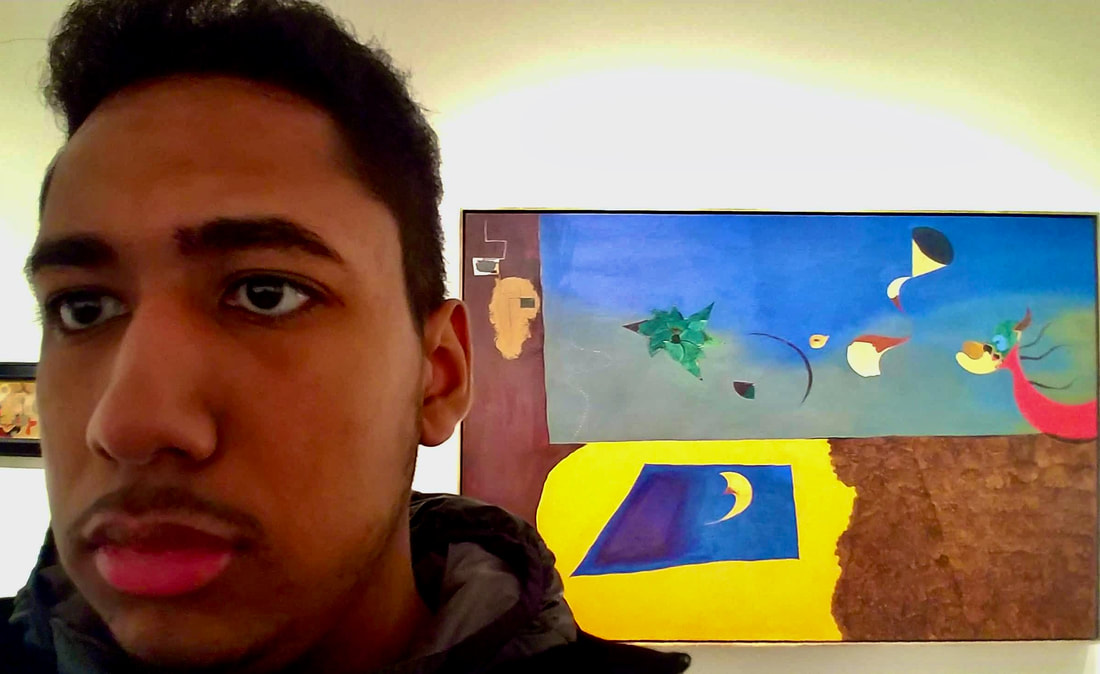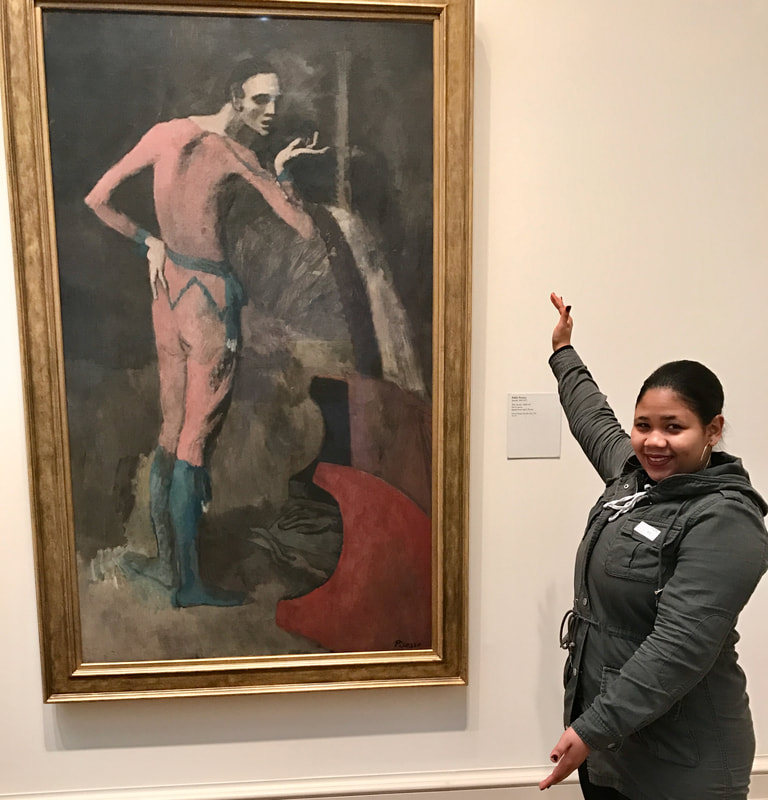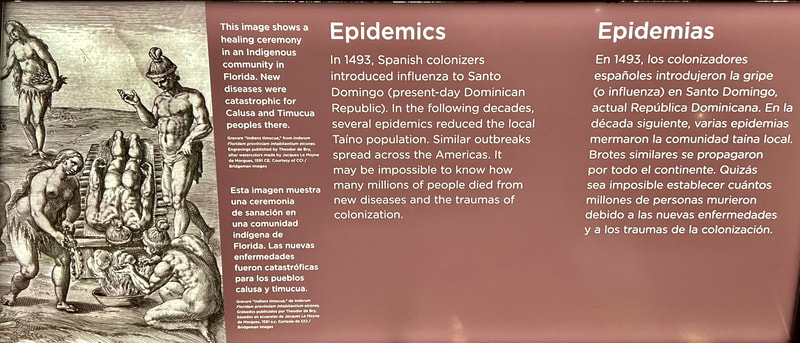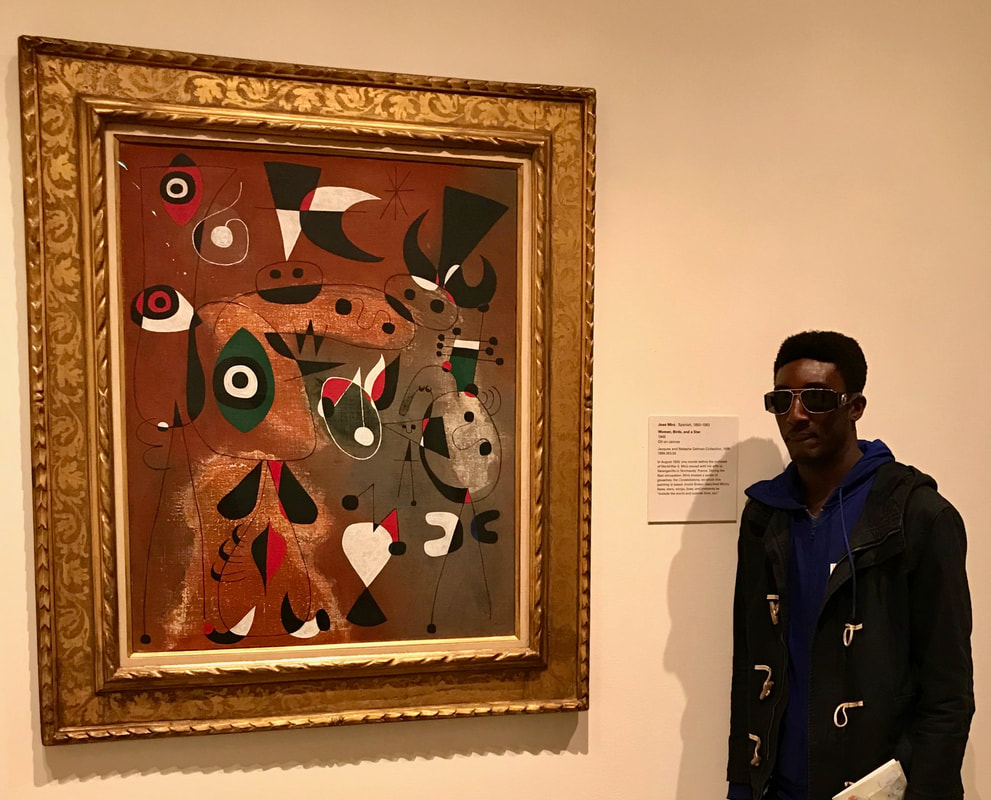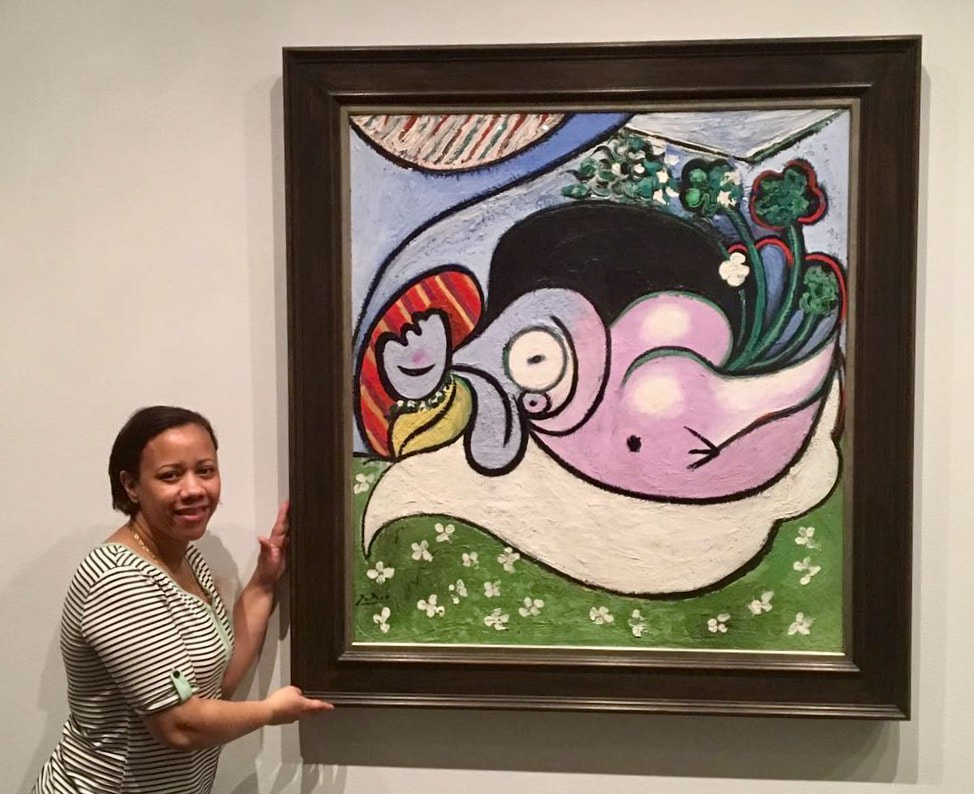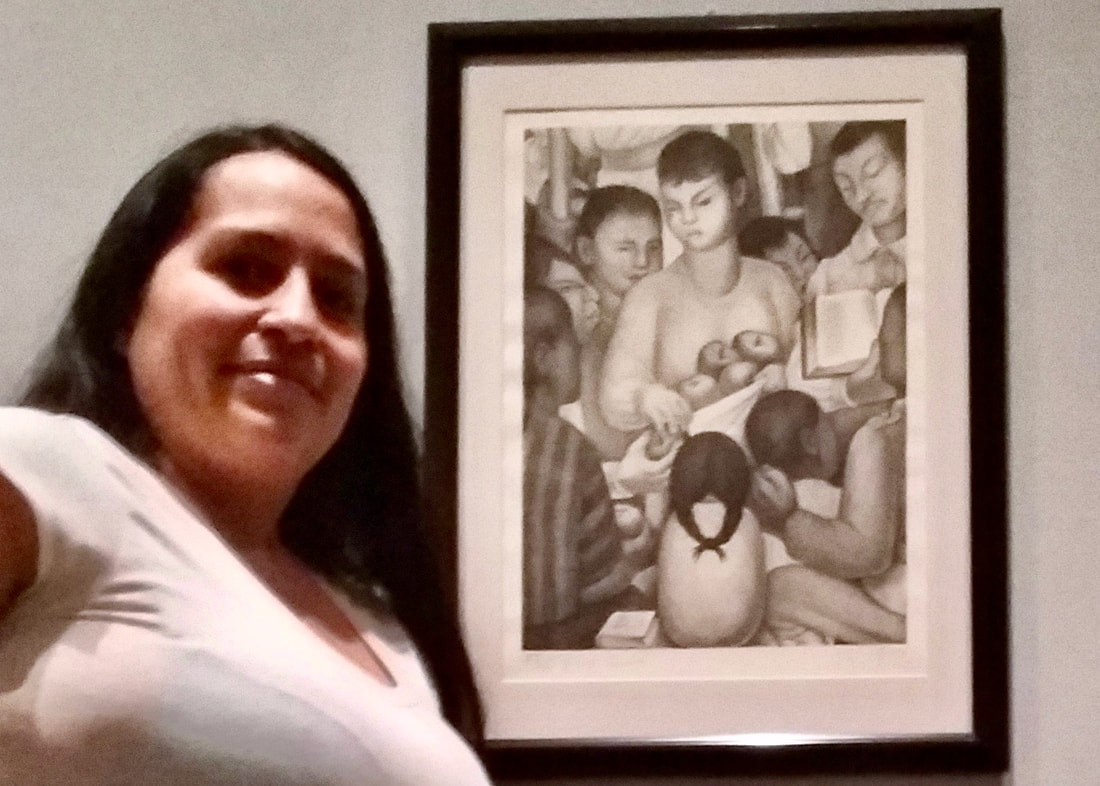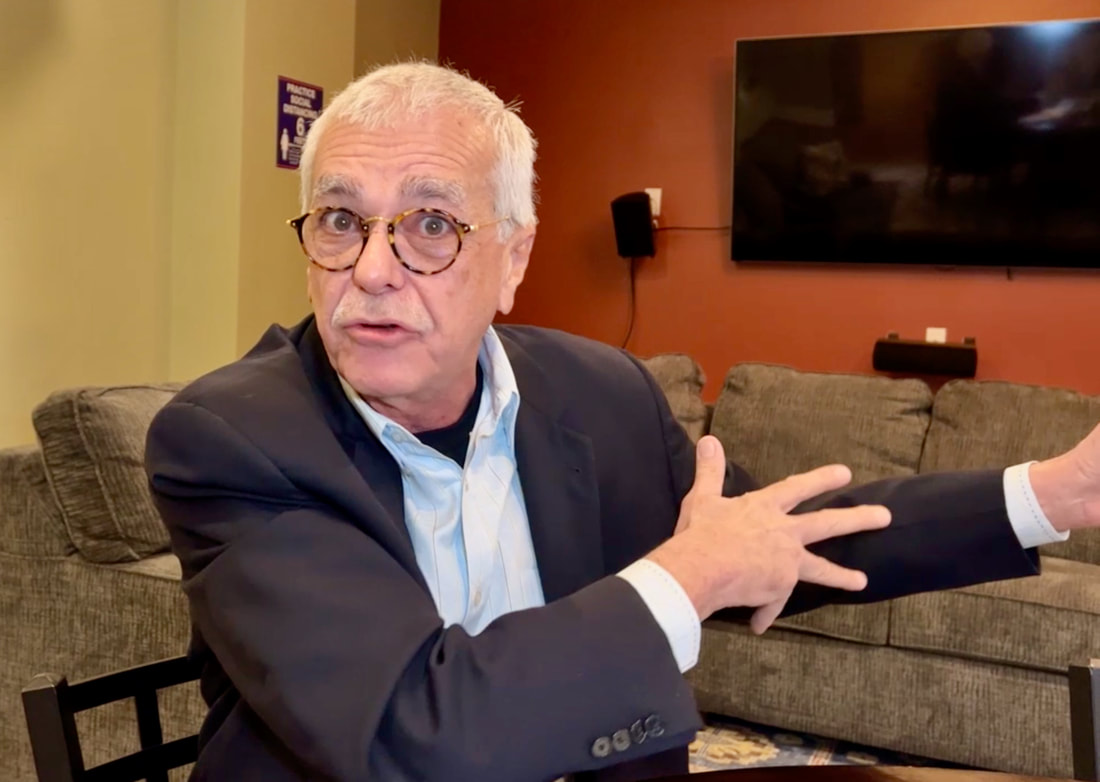NYC Hispanic Art
|
|
'Don Gaspar de Guzmán'-Diego Velázquez“Don Gaspar de Guzmán,” an oil on canvas by Spanish artist Diego Rodríguez de Silva y Velázquez, is on display and part of the permanent collection at the Metropolitan Museum of Art in New York.
Depicted in this painting is Count Duke of Olivares, who served as chief minister to King Philip IV of Spain. He was also the Prime Minister of Spain from 1621 to 1643. The painting is believed to represent the Spanish victory over the French in the 1638 siege at Fuenterrabia. Contrary to the story the painting may tell, the Duke did not actively participate in the battle. It is said that the image was “created as a general statement for his status and authority.” Curiously, there are two versions of this painting, with the biggest difference being the color of the horse. While the Duke rides a white horse in New York, the one displayed in the Museo Nacional Del Prado in Madrid, Spain, has a brown horse. Velázquez is known as one of the greats of Spanish Baroque art. He started painting at a very young age under the guidance of famed Spanish painter and engraver Francisco Herrera, also known as El Viejo. He stayed with Herrera until the age of 12. From there he became an apprentice to famous painter Francisco Pacheco, where he learned various styles of art for five years before he was summoned by King Philip IV, and became the crown’s leading artist. This painting is on display in gallery 610 at the MET, 1000 Fifth Avenue, in New York City. By Vashni Martin, Lehman College |
|
“Fulang-Chang and I” is a 1937 self-portrait by Mexican modernist painter Frida Kahlo, with her pet monkey, Fulang-Chang. The painting is now part of the permanent collection of the Museum of Modern Art in New York City.
Kahlo (1907-1954) lived a life of misfortune. As a child, she was disabled by Polio, and at the age of 18, she was in a car accident that left her physically pained for the rest of her life. Art became the escape from her illnesses. “I paint myself because I’m so often alone and because I am the subject I know best,” she once said. “Fulang-Chang and I” depicts a sad part of her life. Unable to conceive children, she had pet monkeys and other animals which she valued deeply and often became the subjects of her paintings. This painting was part of her first major exhibition, at the Julien Levy Gallery in New York in 1938. The essay that accompanied that show described her work as “a ribbon around a bomb.” Later, when Khalo gave this painting to her close Mary Skylar, it was attached to a mirror – so that Sklar could see the two friends together. While she was hailed as a Surrealist, that’s not the way Kahlo saw herself. “I never painted dreams,” she said. “I painted my own reality.” Although her life wasn’t full of happiness and serenity, it brought about great art that catapulted her into an important figure in modern art. Museum of Modern Art: 11 West 53 Street, New York, NY 10019. Website: https://www.moma.org/ By July Torres, Lehman College |
|
“Manuel Osorio Manrique de Zuniga,” also known as “Red Boy,” is a 1787 oil on canvas painting by Francisco de Goya, on exhibit and part of the permanent collection at the Museum of Modern Art in New York City.
The painting was a one of a series of portraits of the family of Vicente Joaquin Osorio Moscoso y Guzman, the Count of Altamira. Manuel was the Count’s youngest son. Dressed in a spectacular red costume, Manuel is accompanied by a pet magpie, a cage full of finches and three wide-eyed cats. The magpie, an intelligent bird, has Goya’s calling card in his mouth – a personal touch from the artist. While the birds and the child represent innocence, the cats, focused on the magpie, symbolize the forces of evil, standing completely motionless but representing a constant threat. Apparently, Goya intended this portrait as an illustration of the frail boundaries that separate a child's world from the ever-present forces of evil. The painting was considered to be one of the most successful portraits of a child painted during his time. Goya, 1746-1828, was an artist who expressed his ideas and views of the world through his work, a pioneer of romanticism. He started very young, learning from other Spanish artists and later influencing many other artists, during and after his time. His personal life, however, was not as successful, and it was reflected in his art. His wife suffered many failed pregnancies and miscarriages. He lost his hearing. Only one son grew up into adulthood. He dealt with many other traumatic issues, and yet he art was magical. His “Red Boy” is now in gallery 612, on the 2nd floor of the Museum of Modern Art, 11 West 53rd Street, in Manhattan. Website: https://www.moma.org/ By Jhoanna Lora, Lehman College |
'The Vision of Saint John' - El Greco“The Vision of Saint John” a Bible-inspired early 17th century mannerism canvas painting by Domenikos Theotokopoulos, famously known as El Greco, now inspires visitors at the Metropolitan Museum of Art in New York.
Based on the Book of Revelations (6:9-11), and originally commissioned in 1608 for the church of the hospital of Saint John the Baptist in Toledo, Spain, the painting depicts the opening of the fifth seal, supposedly at end of the world. It has many figures with elongated limbs and bodies that reject naturalism. While religion played a large part of El Greco’s art, this particular painting is said to be incomplete, because it features Saint John pointing upwards, to another portion of the canvas that seems to be missing. While this portion depicts “profane love,” unfortunately, due to various restorations and years or wear, we can no longer see the “divine love” that would have been depicted in the upper portion. While El Greco is considered to be one of the most famous Spanish painters, he was born in 1541 in Crete, Greece. At an early age, already trained as an icon painter, he chose to move to Venice and later to Rome, to work on his art style. But he didn’t truly become the artist he endeavored to be until settling in Toledo, Spain in the 1570’s. El Greco’s idiosyncratic and mannerist style boosted his career, inspired many others to follow in his footsteps, and triggered 20th century avant-garde movements. “The Vision of Saint John,” is one of several of his masterpieces in the European Paintings department, “1250-1800,” in Gallery 611, at The Metropolitan Museum of Art, 1000 Fifth Avenue, in Manhattan. By Chloe Castrodad, Lehman College |
The Bath, Jávea - Joaquin Sorolla"The Bath, Jávea" a 1905 painting by Spanish artist Joaquín Sorolla y Bastida, depicting his two daughters and wife enjoying the water on a summer’s day on the Spanish coast, is on permanent display at the Metropolitan Museum of Art in Manhattan.
This impressionistic oil on canvas gives you the impression that the image is seen at a glance and painted from memory. The result is a blurry distortion of a clear image. Yet, although the painting is not sharp and clear, one can definitely feel the presence of a beautiful summer’s day. The colors are bright and vibrant. The yellows, whites, greens and blues are all blended together creating the illusion of moving water. "He employed vigorous strokes of paint to capture the motion of the sun-dappled surf as it swirls over rocks and around the bathers,” according to a plaque next to the painting at the MET. Born to a poor family on February 27, 1863 in Valencia, Spain, Sorolla was orphaned at the age two. Yet during his youth, he demonstrated such artistic talent that at the age of 15 he was admitted to the Academy of San Carlos in Valencia. He then studied in Rome and Paris, eventually returning to Valencia. When Sorolla visited Madrid’s Museo del Prado at age 18, and saw paintings by Spanish Golden Age artist Diego Velázquez, he was so inspired that his view of art was changed. He became famous because of his impressionistic works. In 1911, Sorolla gained exposure in the United States when the New York’s Hispanic Society of America opened an exhibition of his murals, which proudly displayed the beauty of Spain. Those murals still occupy an entire gallery at that Upper West Side museum. His success lead him to be commissioned to paint a portrait of U.S. President William Howard Taft. Sorolla's paintings are exhibited in museums all across Europe. He even has his own Sorolla Museum, in the Madrid building that was once his house. He died at the age of 60, in 1923. His house was converted into a museum at his widow’s request, after she died. If you would like to please your senses with an abundance of masterful art, visit the Metropolitan Museum of Art, America's largest museum, at 1000 5th Avenue in Manhattan. The museum got its beginnings from a group of Americans who were inspired in Paris, France, and wanted to create an institution of fine arts for the American people. To learn more about the museum's history, visit its website at https://www.metmuseum.org/about-the-met/history. By Amadi Ocasio, Lehman College |
'The Potato' - Joan Miró“The Potato,” a 1928 surrealistic oil on canvas by Spanish artist Joan Miró, illustrating the artist’s imaginary memories of his childhood, is on exhibit at the Metropolitan Museum of Art in Manhattan.
At first glance, the painting seems like an unsolved puzzle, with its juxtaposition of organic forms coming together to create something bigger and larger. But if observed closely, one can see that this is a human figure. Indeed, the figure painted white is a woman stretching her arms wide in front of her as she is looking up. She is surrounded by a blue sky, and a brown field of potatoes. To create the surrealism in “The Potato,” Miró started by drawing a recognizable subject, a woman, and transformed her into a biomorphic, humanoid form using whimsical colors, shapes, and forms. It represents Miró’s play on imagination combined with the memories of his childhood home, using the surrounding village, sea, and mountains as reference. In the painting, the female form is semi-abstract with an organic large head, thin red neck, and two different shaped hands that seem to be missing fingers. There is an indication of a face with two black eyes and a small nose. The object on her forehead is an actual potato, hence the title, “The Potato.” The woman is surrounded by earthy elfin figures of different shapes and sizes, a red and yellow butterfly woman, stairs, and a fishing pole. Miró was born in 1893 in the province of Catalonia, Barcelona, Spain. He studied art in prestigious Barcelona schools since the age of seven. But as an adult, he also attended business school, until he suffered a mental breakdown that forced him to abandon business school and devote himself entire to art. During his youth, Miró was deeply influenced by the landscapes of Barcelona, its artistic heritage, and by the cubist and surrealist works often exhibited there. At the age of 22, Miró went to Paris, where he met Pablo Picasso and associated himself with other Surrealist artists. His career skyrocketed after his first solo Surrealist exhibition at the Galerie Pierre, in Paris, in 1925. He died in Majorca, Spain in 1983 at the age of 90. Today, Miró is known as one of the most renowned artists associated with French Surrealism. His works have been exhibited all over the world. This painting is in the Modern and Contemporary Art Gallery (906) and part of the permanent collection at the Metropolitan Museum of Art, 1000 Fifth Avenue, in Manhattan. The Met was founded in 1870, opened its doors on February 20, 1872 and since then, has become one of the most visited museums in the world. It has three locations: The Met Fifth Ave, the Met Breuer, and the Met Cloisters. By Philomina Gomes, Lehman College |
'Señora de Sorolla in Black'
|
'Goddess with Foliage' - Wifredo LamComponents of African, Cubist, and Surrealist craftsmanship appear to be mixed in this vast, crossover figure painted in gouache and named “Goddess with Foliage,” by the Cuban craftsman Wifredo Lam at the Metropolitan Museum of Art in Manhattan.
Lam was an Afro-Cuban artist best known for his extraordinary Surrealist, tasteful art which consolidated European creative developments with the symbolism of his native country. Although born in Cuba, he studied in Europe for 18 years, first in Spain and later in Paris, where he synthesized African art, Cubism, and Surrealism and where he befriended artist Pablo Picasso and poet André Breton, the founder of Surrealism. In 1942, Lam held his first U.S. art exhibition, also named “Goddess with Foliage.” In it, Lam depicted and resuscitated the persevering Afro-Cuban soul and culture. He did this by combining human, plant, and animal elements. His large figures have pointed ears, huge plant-like hands, a horse’s snout, fruit-shaped breasts, etc. He created a one of a kind style, which was often portrayed by half-and-half or hybrid figures. Lam is celebrated mostly for his uniqueness in combining Surrealist and Cubist methodologies with symbolism and images from the Afro-Cuban religion known as Santeria. Lam was born in Cuba, as Wifredo Oscar de la Concepcion Lam y Castilla on December 8, 1902 to Yam Lam, a Chinese immigrant, and to Ana Serafina Castilla, the descended from a Congolese freed slave and a Cuban mulatto. He grew up among people of African descent in Sagua La Grande, a town in the sugar cultivating area of Villa Clara, Cuba. His family practiced Catholicism in addition to African customs. Although Lams’ initial artistic creations were more traditional Spanish paintings, his work soon turned out to be more streamlined and decorative, and more reflective of his mixed ethnicity. Throughout Lam's journey, he showed compassion for laborers who still reflected the struggle of slaves. He believed the descendants of slaves were being mistreated and that Afro-Cuban culture was being disrespect and belittled. Lam believed that Cuba was in danger of losing its African legacy and along these lines, looked to free them from social enslavement. He was a champion of Afro-Cuban culture, which he believed was spoiled by tourism and suppressed by the Cuban government. Today, Lam’s craftsmanship is on view in Gallery 911 at The MET, at 1000 Fifth Avenue. The museum is open daily from 11:30 a.m. to 4 p.m. and on weekends from 10 a.m. to 9 p.m. Phone: 212-570-3951. Web: www.metmuseum.org/about-the-met/contact By Flor Johnson, Lehman College |
'Bullfight in a Divided Ring' - Francisco de Goya“Bullfight in a Divided Ring,” also known as “Bulls of Bordeaux,” is an 1825 oil on canvas attributed to iconic Spanish artist Francisco José de Goya y Lucientes, and on permanent display at The Metropolitan Museum of Art in New York City.
Born on March 30, 1746 in Fuendetodos, Spain, Goya began painting at a young age and soon was selling his countless religious paintings to Spanish churches and cathedrals. He gained recognition for it. But this painting, from his elder years, depicts two consecutive bullfights, divided by a fence, in one single bullring. One might call it, “two for the price of one.” On the left side, a bullfighter is charging a bull with a sword. And on the right, another bull is taunted by bullfighters with firecrackers. While bullfighting was a frequent Goya theme, especially in a celebrated 1816 series of prints called Tauromaquia, this painting was one of four lithographs published in 1825, while he was exiled in Bordeaux, France. “He handled the crayons like paintbrushes and never sharpened them,” his friend and fellow Spanish artist Antonio Brugada told Goya’s biographer Laurent Matheron. Brugada apparently witnessed Goya’s work on the Bordeaux lithographs. “He remained standing, walking backward and forward from moment to moment to judge the effect.” However, since Goya’s bullfight compositions also have been copied and sold as originals, on its website, the MET acknowledges that, “the use here of certain motifs that appear in Goya's other bullfight scenes has led some authorities to view our painting as a pastiche by another hand.” But the MET also notes that in its painting, “The richness of the composition however, and the brilliant handling of the foreground crowd are worthy of Goya himself.” “Bullfight in a Divided Ring,” is on permanent exhibit in Gallery 612 at the MET, 1000 Fifth Avenue, in Manhattan. By Priscilla Afriyie, Lehman College |
|


